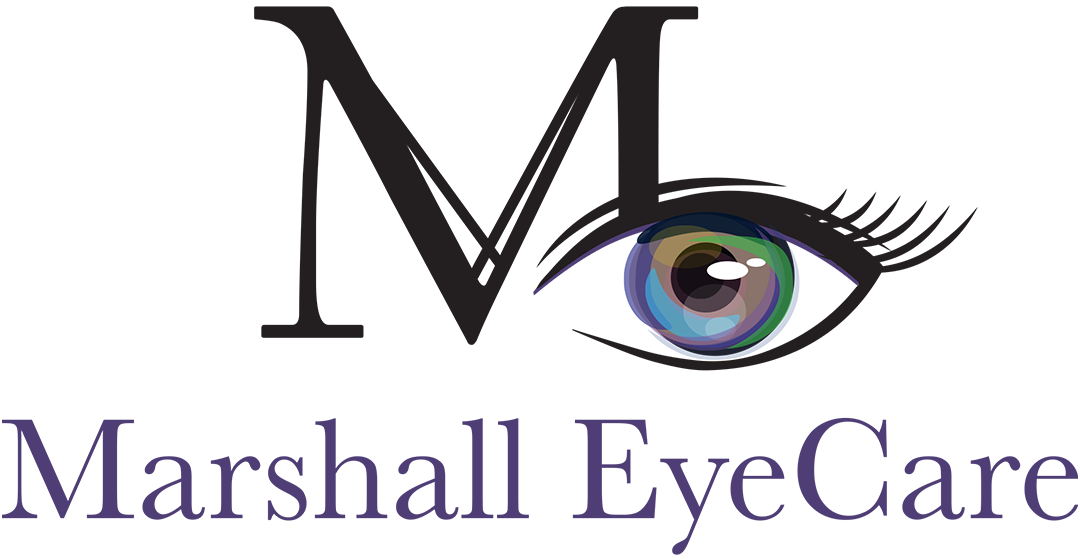
Lazy eye, also known as amblyopia, is a common condition that affects vision in children. It occurs when one eye is weaker than the other, leading to reduced visual acuity in the affected eye. This condition typically develops during early childhood and if left untreated, can result in permanent vision impairment. Lazy eye is not a problem with the eye itself, but rather a problem with how the brain interprets the visual information received from the affected eye.
Causes of Amblyopia
There are several factors that can contribute to the development of lazy eye. The most common cause is a significant difference in the refractive error between the two eyes. This means that one eye may be much more nearsighted, farsighted, or have a higher degree of astigmatism than the other. Other causes include strabismus, which is the misalignment of the eyes, and cataracts, which can obstruct vision in one eye.
Common Symptoms of Lazy Eye
Lazy eye can be difficult to detect, especially in young children who may not be able to communicate their vision problems effectively. However, there are some common signs and symptoms that parents can look out for. These include:
- Reduced vision in one eye: Children with lazy eye may have poor vision in one eye, even with glasses or contact lenses.
- Squinting or closing one eye: When trying to focus, children with lazy eye may squint or close one eye to improve clarity.
- Head tilting: Some children may tilt their head to one side to compensate for the vision loss in one eye.
- Poor depth perception: Lazy eye can affect a child's ability to perceive depth accurately, making activities like catching a ball or judging distances challenging.
If you notice any of these signs or suspect that your child may have lazy eye, it is crucial to consult an optometrist for a comprehensive eye examination.
Why Early Detection is Crucial for Treating Lazy Eye
Early detection of lazy eye is crucial for successful treatment because the visual system is more malleable and responsive to intervention during the critical period of visual development, which occurs in early childhood. If left untreated, the brain may begin to ignore the signals from the weaker eye, leading to permanent vision loss.
By identifying and treating lazy eye early, parents can greatly improve their child's chances of developing normal vision. Treatment options for lazy eye include glasses or contact lenses to correct refractive errors, and patching the stronger eye to encourage the weaker eye to strengthen.
Steps Parents Can Take to Promote Healthy Vision in Their Child
Optometrists play a crucial role in the diagnosis and treatment of lazy eye. They have the expertise to conduct comprehensive eye examinations and identify any vision problems, including lazy eye. The optometrist will assess your child's visual acuity, eye coordination, and the health of their eyes.
If lazy eye is detected, the optometrist will recommend a personalized treatment plan based on the severity of the condition. This may include prescribing glasses or contact lenses, patching the stronger eye.
Regular follow-up visits with the optometrist are essential to monitor progress and make any necessary adjustments to the treatment plan. Optometrists also provide guidance and support to parents throughout the treatment process, ensuring the best possible outcome for their child's vision.
Engage your child in activities that promote eye-hand coordination, such as playing catch or building puzzles. These activities help develop visual skills and strengthen the connection between the eyes and the brain.
Excessive screen time can strain the eyes and contribute to vision problems. Set limits on the amount of time your child spends in front of screens and encourage breaks to rest the eyes.
Schedule Your Child’s Eye Exam with Marshall EyeCare Today
Lazy eye is a common vision condition that can affect children. Early detection and intervention are crucial for successful treatment and to prevent permanent vision loss..
If you suspect that your child may have lazy eye, it is important to consult an optometrist for a comprehensive eye examination. Optometrists play a vital role in diagnosing and treating lazy eye, providing personalized treatment plans and ongoing support. By working together with optometrists and taking proactive steps, parents can help their child achieve and maintain optimal vision health.
For further guidance on how to navigate amblyopia or to schedule an eye exam, visit Marshall EyeCare at our office in Aberdeen, New Jersey. Please call (732) 837-0988 to book an appointment today.








